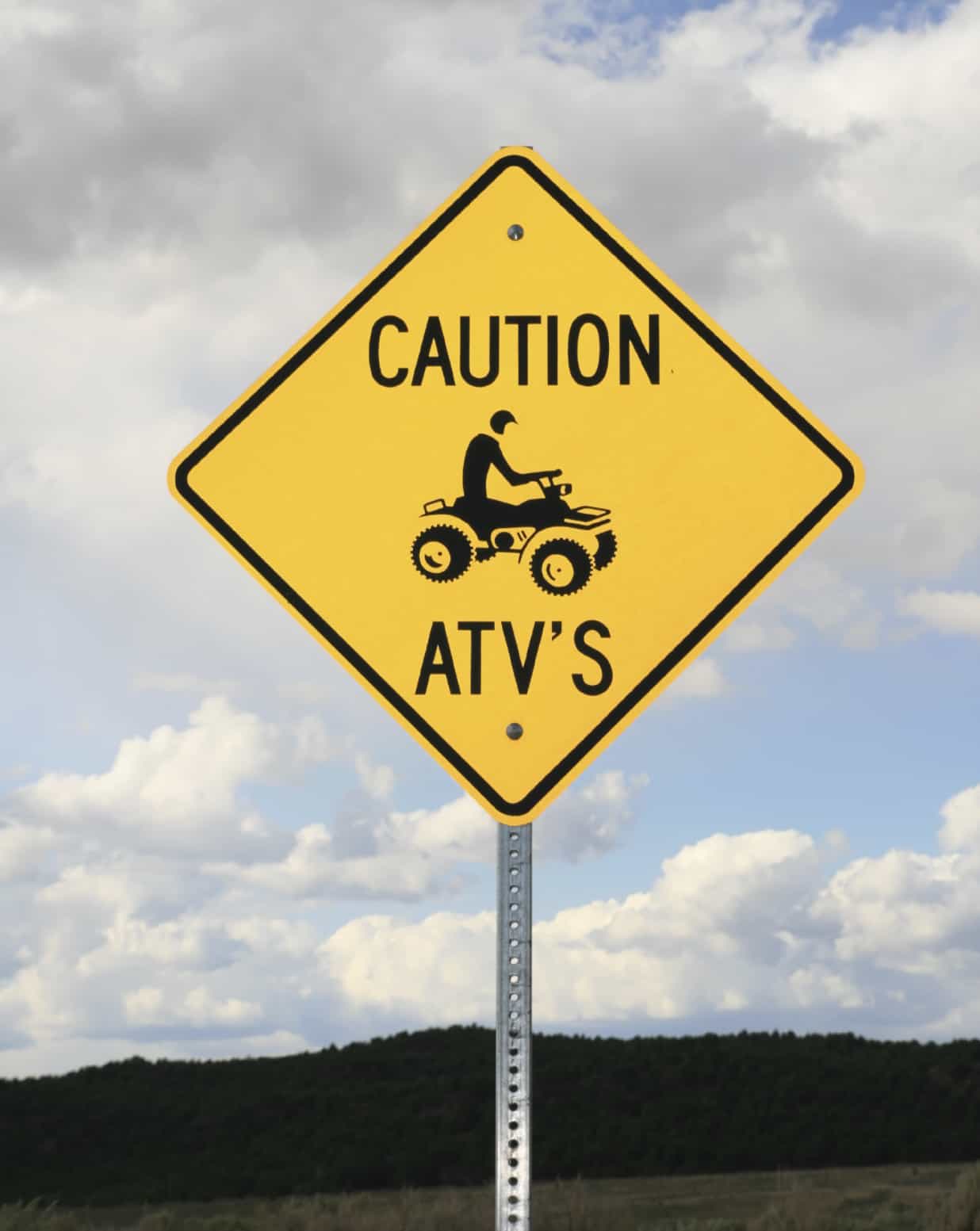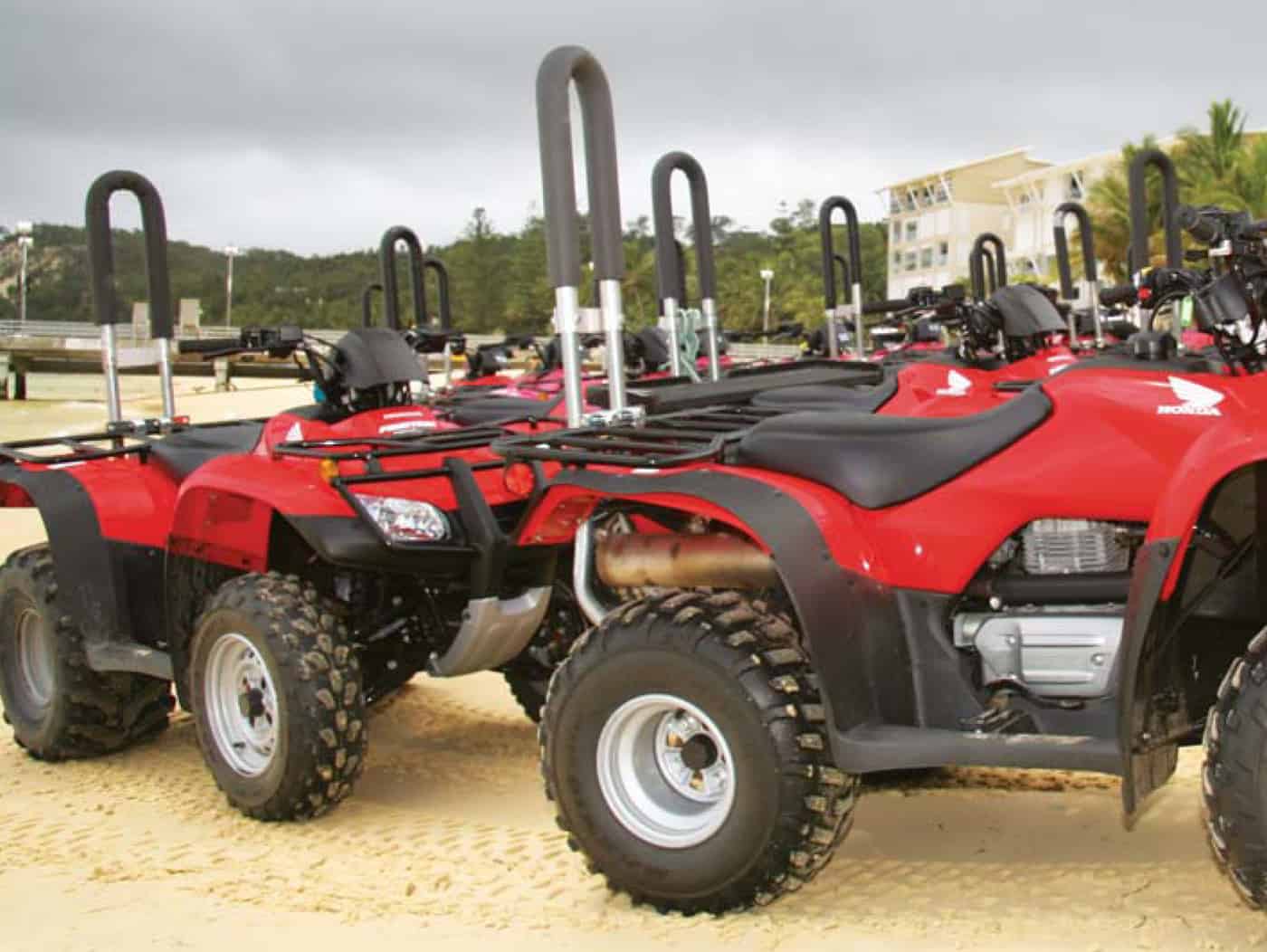Australian research has provided an important additional element to discussions on the safety of using quad bikes as work vehicles on Australian farms. According to a media release to be published on 3 April 2013 from the Australian Centre for Agricultural Health and Safety (ACAHS):
“Two new papers released today in the Australian and New Zealand Journal of Public Health ….indicate that the costs for fatal [quad bike] incidents between 2001-2010 were $288 million.” [links added, articles only available for purchase or by subscription]
 Dr Tony Lower, ACAHS Director, says that
Dr Tony Lower, ACAHS Director, says that“This conservative estimate draws on deaths data from the National Coroners Information System and includes projected losses in future earnings, impacts on household contributions, insurance payments, investigation and hospital costs…. The average cost was $A2.3 million, with the highest average being in those aged 25-34 years at $A4.2 million”.


